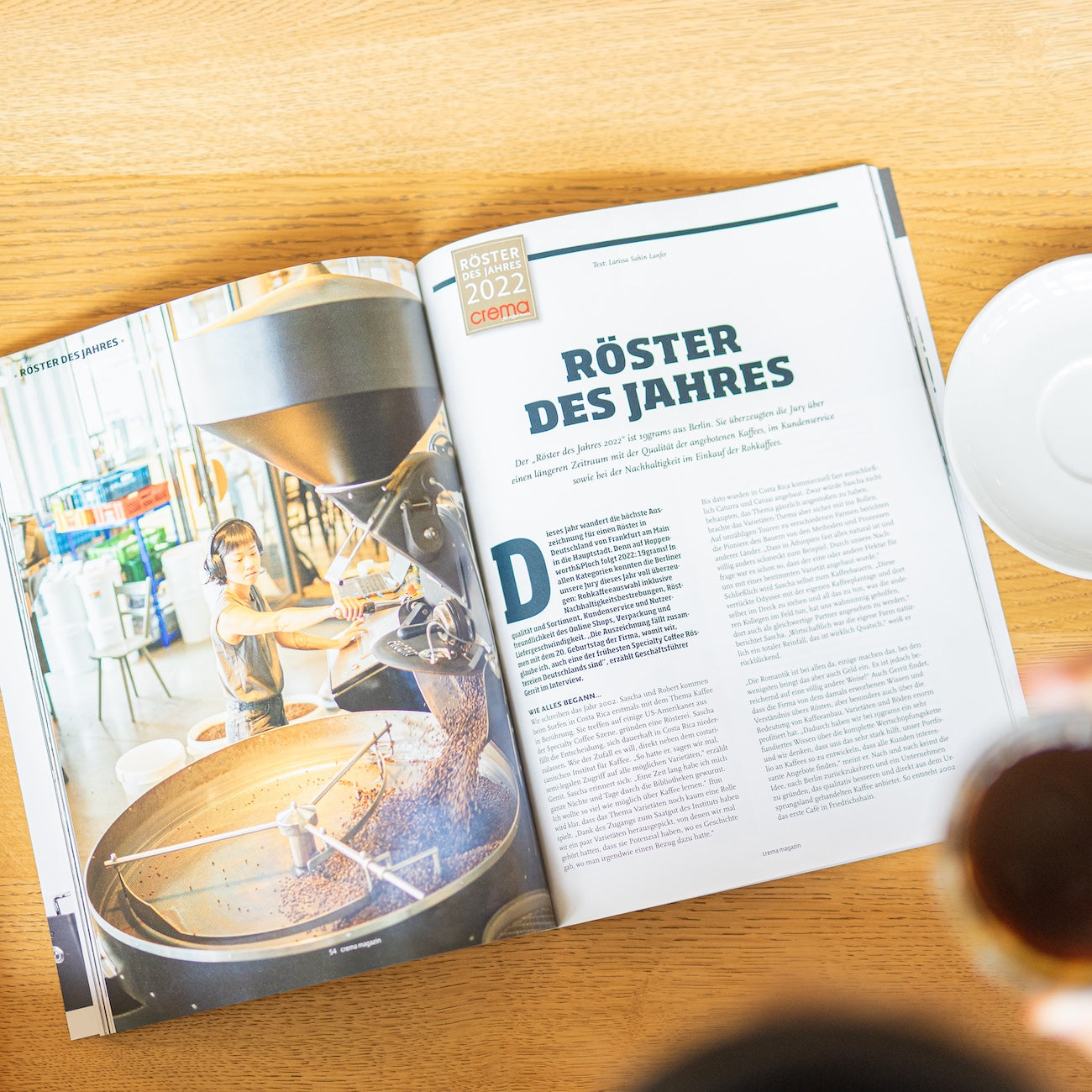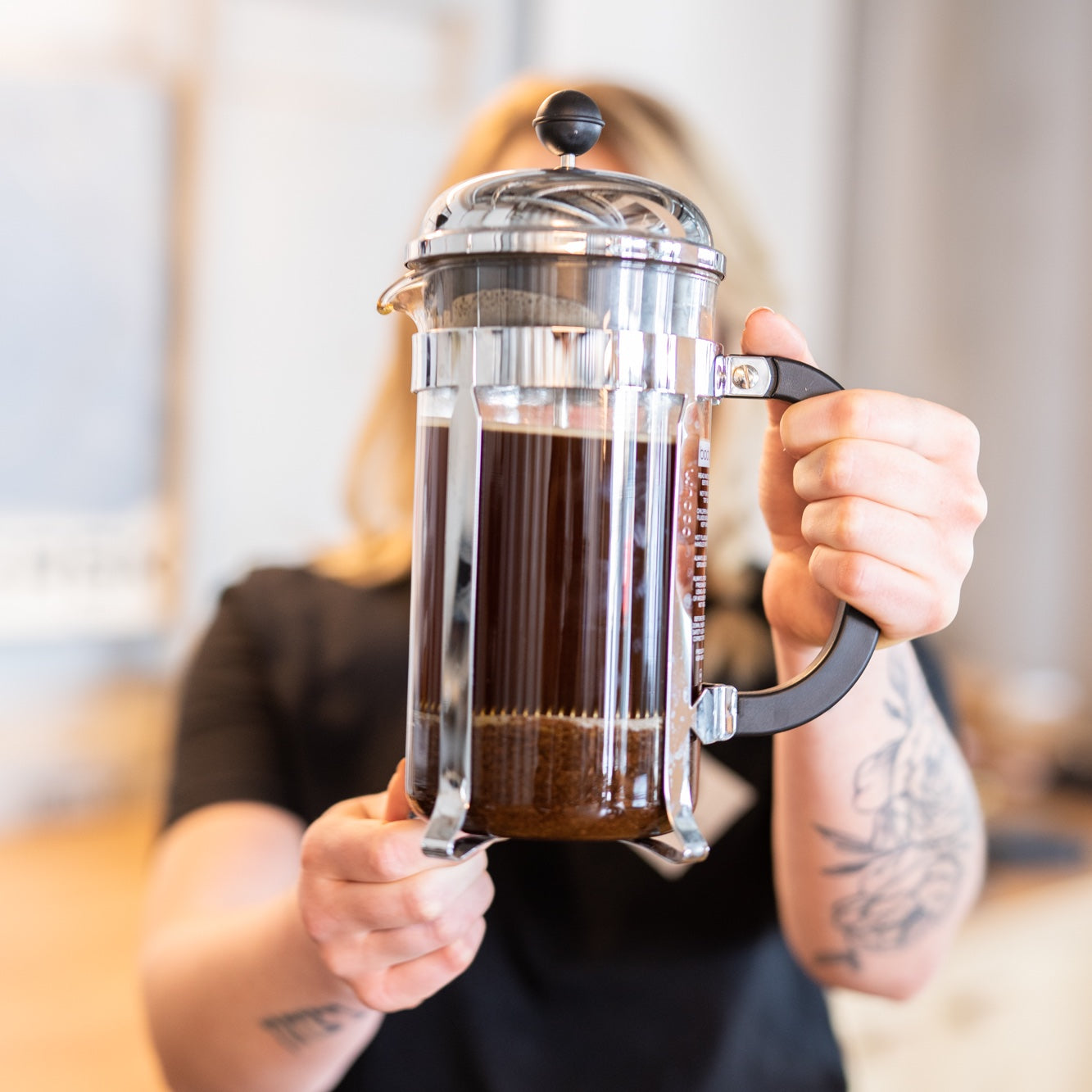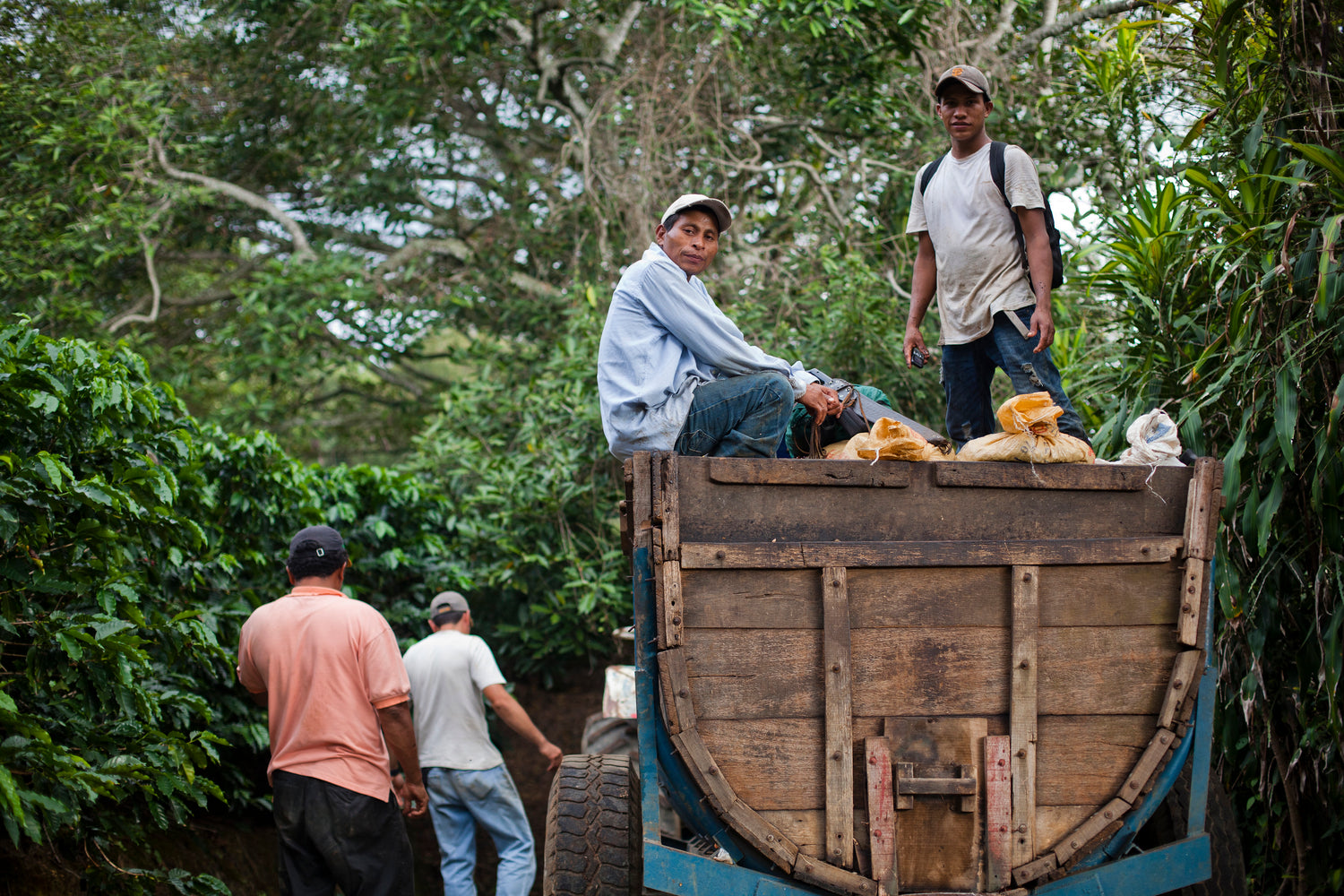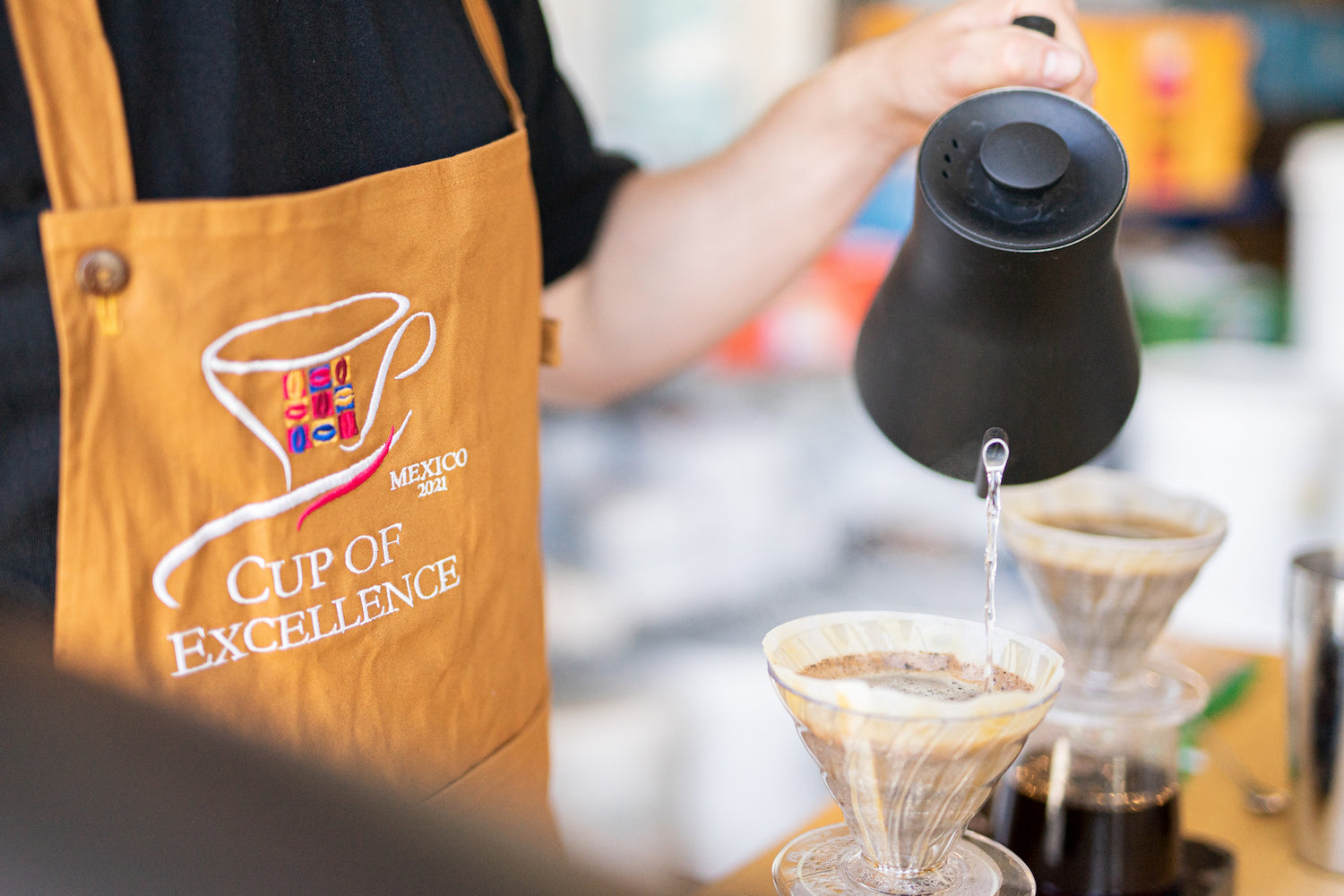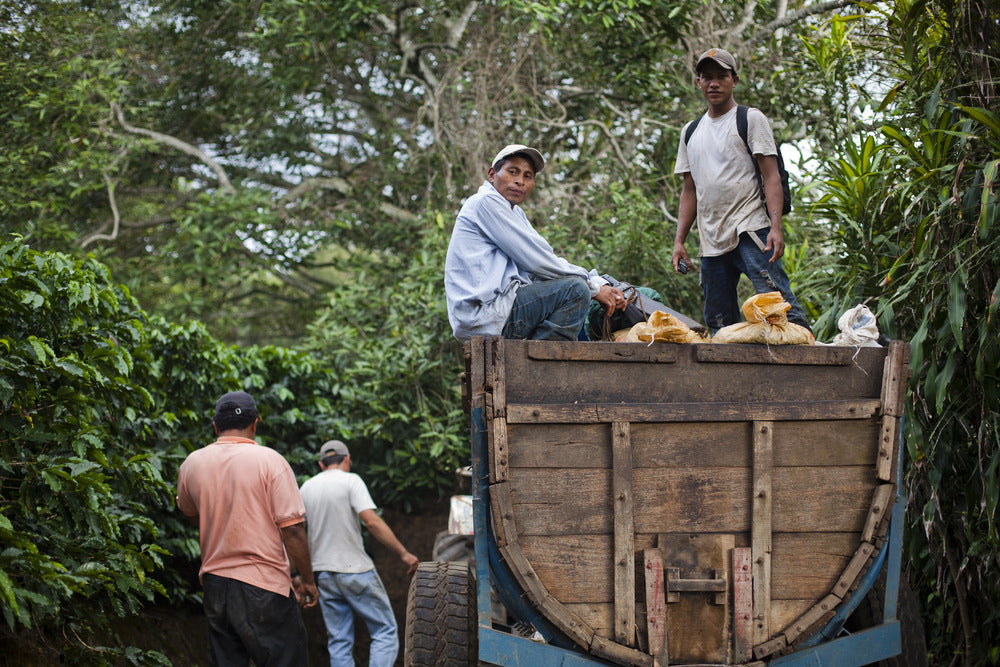Ich habe mehrere Kaffeesorten von 19 Gramm probiert und bin begeistert! Jede Mischung hat ihren eigenen, außergewöhnlich leckeren Geschmack – perfekt ausbalanciert und vollmundig. Die Qualität ist wirklich spürbar, und jeder Kaffee ist ein Genuss, egal ob morgens, nachmittags oder zwischendurch. Ich bestelle hier immer wieder gerne, weil ich weiß, dass ich großartigen Kaffee bekomme. Absolute Empfehlung für alle, die Wert auf Geschmack und Qualität legen!
Der berlinkaffee war deutlich besser, sehr schade das ihr ihn aus dem Programm genommen habt
I ordered two different kits to not only compare the methods, but roast profiles as well. To my taste, 19grams was comparatively the darker roast profile. It was fascinating to experience the trade-offs between the different methods. I'm also so glad 19 grams included their own decaf, which was the favorite and I'm curious to find out its method. I will think of it next time I'm looking to buy decaf. Delicious!!


